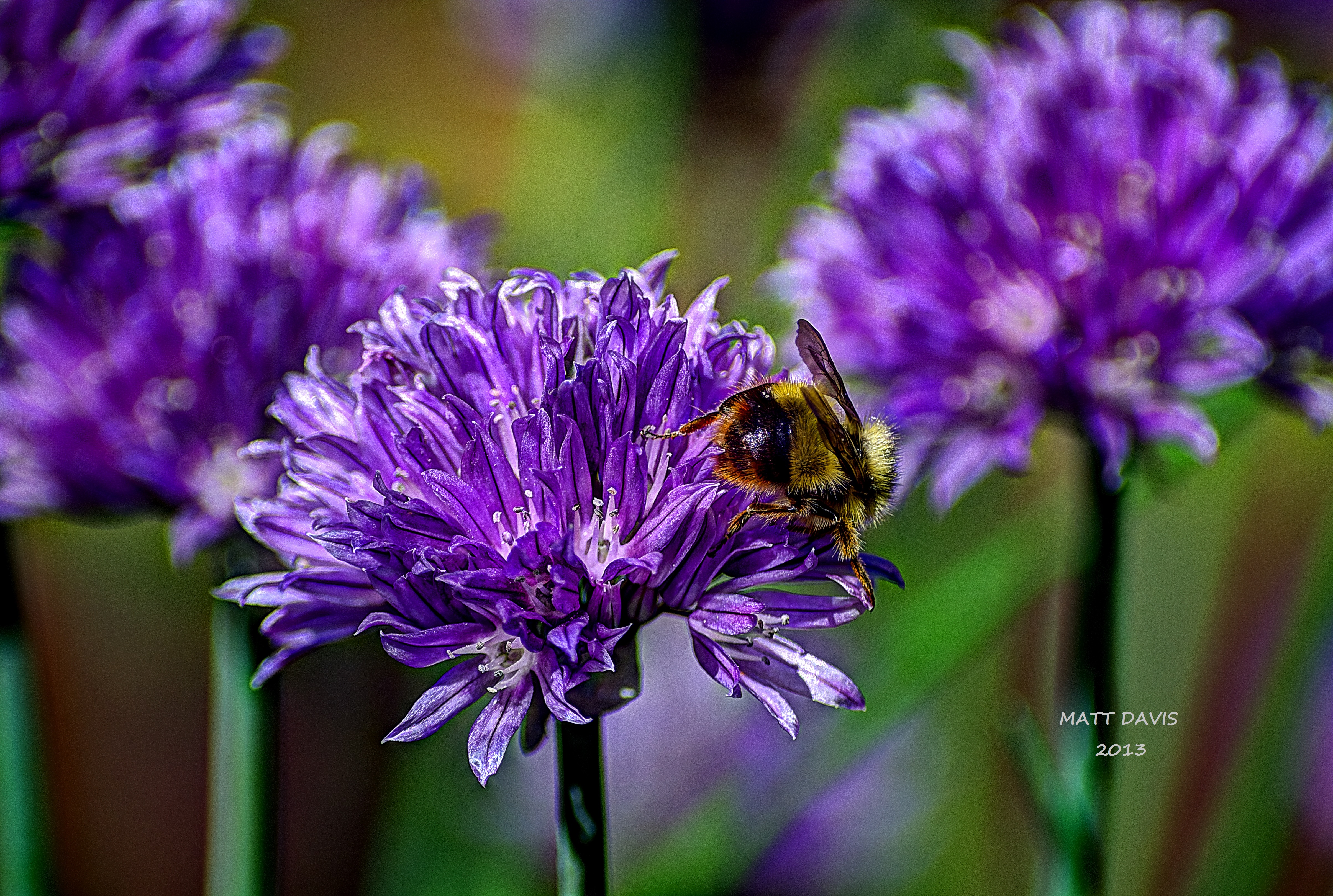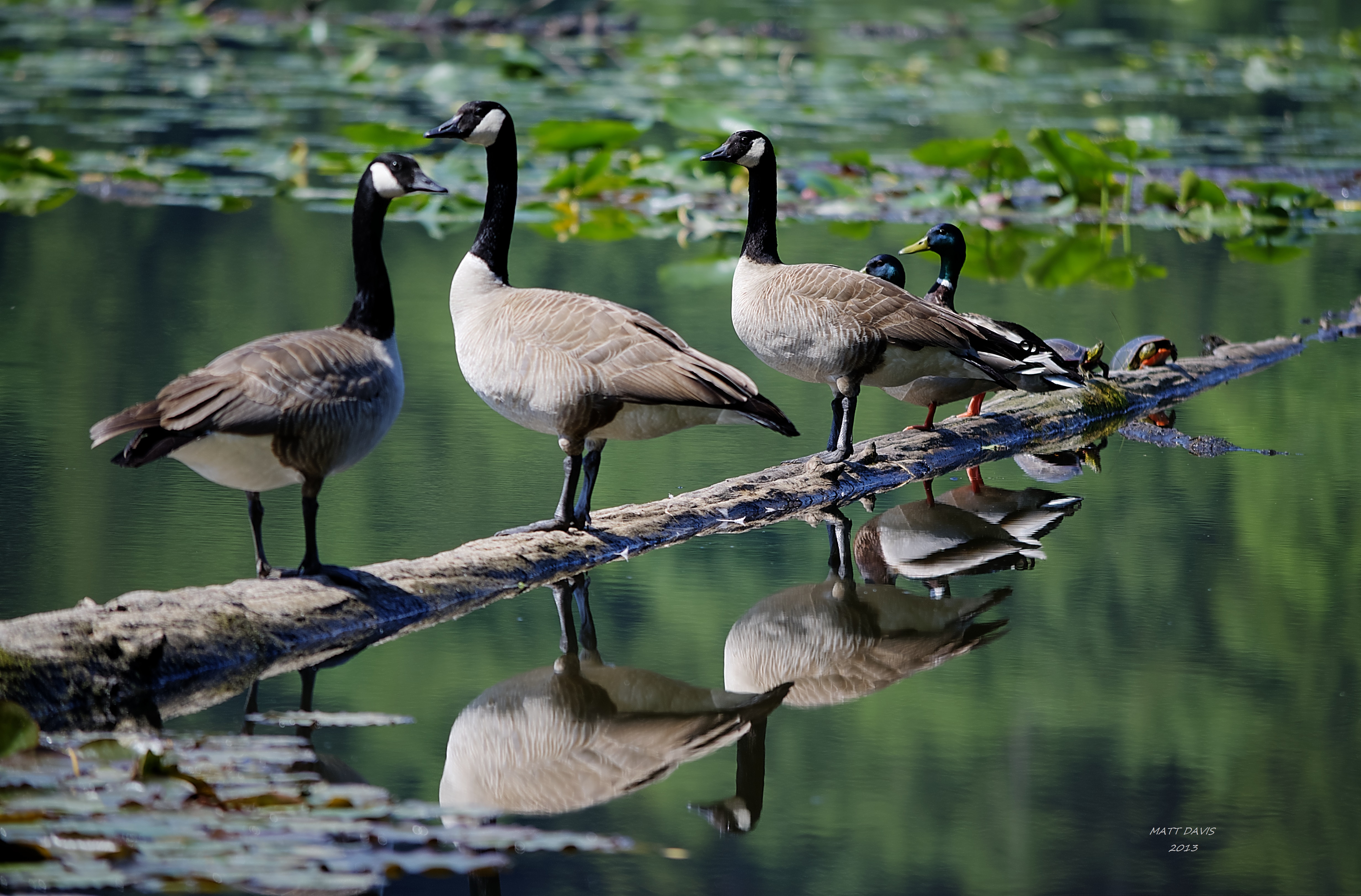Immense Numbers of Fowls and Plants of Cottonwood Beach
As Lewis and Clark first entered the lower Columbia during the final stage of their trek west, they were struck by the abundance of bird lift. On November 2, 1805, Clark Wrote: “Saw great numbers of waterfowl of Different kinds, such as Swan, Geese, white and grey Brants, Ducks of various kinds, Guls and Pleaver.”
The local abundance of waterfowl was a welcome discovery for the Lewis and Clark party, providing a much needed change in their diet of elk, salmon and dog.
Over 190 species of birds are known to use the Cottonwood beach area. What makes this stretch of the Columbia so rich in avian life? In part, its location: this place is a “crossroads” of two major migration routes. Every year, huge numbers of shorebirds, waterfowl, and land birds pass through the area, traveling along the north-south Pacific Flyway, and the east-west corridor of the Columbia Gorge—most notable is the purple martin, a song bird that migrates from as far away as Brazil to spend its summer here.
Despite many changes to this landscape since Lewis and Clark’s time, the area continues to be a center of bird activity. A number of protected areas have been established on the lower Columbia to preserve the habitats that have attracted birds for millennia. The Steigerwald Lake National Wildlife Refuge, just east of Cottonwood Beach, is one of these special places.
Cottonwood Beach sits near the convergence of oak/meadow landscapes of the Portland area and Douglas-fir forests of the Cascades—each habitat with its own complement of bird species. Riparian habitats of the river draw even more birds. Herons, kingfishers, grebes and mergansers dine on small fish, while detritus-eating insects bring plovers (the “pleavers” of the Corps of Discovery Journals) and other bug eaters. Riverside deciduous groves (cottonwood, willow and alder) attract songbirds such as wrens, vireos, thrushers and tanager. In the wetter riparian area, plants such a potentilla and wapato sustain migratory waterfowl: American coots, Canada geese, American widgeon and mallards.
Autumn 1805, with the arid interior Northwest behind them, the Corps of discovery journeyed down between the rugged cliffs of the Columbia Gorge toward the Pacific. As they traveled, they noted changes in vegetation: “extensive low country on each side thickly timbered.” (Clark, November 3rd, 1805.) They also noted prairie clearing in the forest (including one a short distance behind Cottonwood Beach).
During their return trip the following spring, Lewis and Clark made more thorough notes on vegetation, recording fir as the dominant species on the uplands, and cottonwood, ash and willow in the bottom lands.
Oregon Grape: On their return trip, after a dark and wet winter in the damp forests of the coast, Lewis noted on April 2nd, 1806—with what must have been relief—the changes in vegetation. “Huckleburry,” “shallon” (salal), and “the large leafed thorn” (probably Devil’s club) disappeared, leaving only “that speceis which has the leaf with a prickly margin” (Oregon grape).
Cinquefoil: (Potenilla): During their six-day stay here at Cottonwood Beach, Lewis and Clark documented a number of plants never before catalogued by Euro-American peoples: “among the plants of this prairie in which we are encamped I observe the passbequo, Shannetabque, and compound firn the roots of which the natives eat, also the water cress, strawberry, flowering pea not yet in blume, the sinquefoil, narrow dock… the red flowering currant is found here in considerable quantities on the uplands… the land is very fertile.” (Lewis, April 2, 1806)
Camas: (Camassis quamash): Unbeknownst to Lewis and Clark, the prairies that they noted in this region were the result of intentional and repeated burning by the local Indians. Burning was a common practice among Natives from Western Washington and Oregon. It encouraged certain important plants such as Camas.
Scotch Broom (Cytisus Scoparius): Today, at Cottonwood Beach, the native vegetation has become intermixed with non-native species, including Himalayan blackberry, Scotch broom, introduced grasses, and creeping clover. Efforts to eradicate non-native species and reestablish native species, particularly wetland species, is an important part of the larger Cottonwood Beach site plan.



